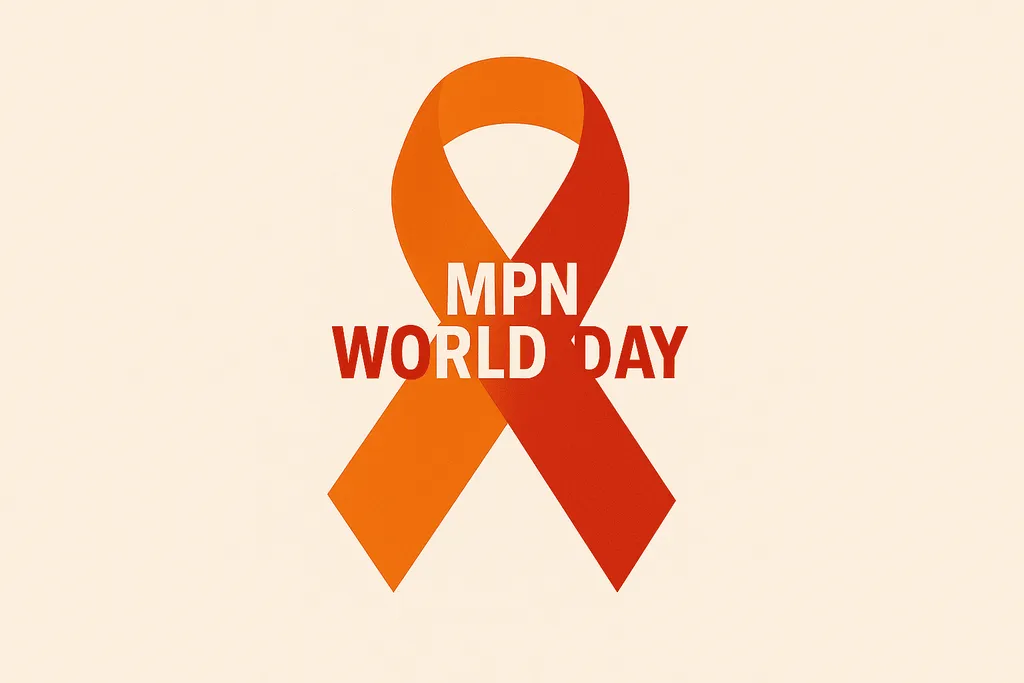What Are Treatments for Chronic Neutrophilic Leukemia?
Introduction
Chronic Neutrophilic Leukemia (CNL) is a rare myeloproliferative neoplasm characterized by sustained, mature neutrophilic leukocytosis, hepatosplenomegaly, and a hypercellular bone marrow with granulocytic hyperplasia. The disease is often progressive and can be challenging to treat. However, several treatment options have been explored and used with varying degrees of success. These include targeted therapies, chemotherapy, and stem cell transplantation.
1. Targeted Therapies
Targeted therapies are drugs or other substances that block the growth and spread of cancer by interfering with specific molecules that are involved in the growth, progression, and spread of cancer. In the case of CNL, the most commonly used targeted therapy is Ruxolitinib. Ruxolitinib is a JAK1/JAK2 inhibitor that has shown efficacy in treating patients with CNL, particularly those with the CSF3R mutation. This drug works by blocking the action of the JAK1 and JAK2 proteins, which are involved in the overproduction of white blood cells in CNL.
2. Chemotherapy
Chemotherapy uses drugs to stop the growth of cancer cells, either by killing the cells or by stopping them from dividing. Hydroxyurea is the most commonly used chemotherapy drug for CNL. It works by slowing or stopping the growth of cancer cells in the body. However, it can have side effects such as nausea, vomiting, and loss of appetite. Other chemotherapy drugs that may be used include busulfan and cytarabine.
3. Stem Cell Transplantation
Stem cell transplantation is a procedure that replaces unhealthy blood-forming cells with healthy ones. It's often considered for patients with CNL who are not responding to other treatments. The procedure involves high-dose chemotherapy followed by infusion of stem cells. The stem cells can be from the patient (autologous transplant) or from a donor (allogeneic transplant). This treatment can be curative, but it carries a significant risk of complications and side effects.
Want to Learn More About Chronic Neutrophilic Leukemia?
Keep reading HealthTree for Chronic Neutrophilic Leukemia's 101 pages!
Introduction
Chronic Neutrophilic Leukemia (CNL) is a rare myeloproliferative neoplasm characterized by sustained, mature neutrophilic leukocytosis, hepatosplenomegaly, and a hypercellular bone marrow with granulocytic hyperplasia. The disease is often progressive and can be challenging to treat. However, several treatment options have been explored and used with varying degrees of success. These include targeted therapies, chemotherapy, and stem cell transplantation.
1. Targeted Therapies
Targeted therapies are drugs or other substances that block the growth and spread of cancer by interfering with specific molecules that are involved in the growth, progression, and spread of cancer. In the case of CNL, the most commonly used targeted therapy is Ruxolitinib. Ruxolitinib is a JAK1/JAK2 inhibitor that has shown efficacy in treating patients with CNL, particularly those with the CSF3R mutation. This drug works by blocking the action of the JAK1 and JAK2 proteins, which are involved in the overproduction of white blood cells in CNL.
2. Chemotherapy
Chemotherapy uses drugs to stop the growth of cancer cells, either by killing the cells or by stopping them from dividing. Hydroxyurea is the most commonly used chemotherapy drug for CNL. It works by slowing or stopping the growth of cancer cells in the body. However, it can have side effects such as nausea, vomiting, and loss of appetite. Other chemotherapy drugs that may be used include busulfan and cytarabine.
3. Stem Cell Transplantation
Stem cell transplantation is a procedure that replaces unhealthy blood-forming cells with healthy ones. It's often considered for patients with CNL who are not responding to other treatments. The procedure involves high-dose chemotherapy followed by infusion of stem cells. The stem cells can be from the patient (autologous transplant) or from a donor (allogeneic transplant). This treatment can be curative, but it carries a significant risk of complications and side effects.
Want to Learn More About Chronic Neutrophilic Leukemia?
Keep reading HealthTree for Chronic Neutrophilic Leukemia's 101 pages!
Get the Latest Chronic Neutrophilic Leukemia Updates, Delivered to You.
By subscribing to the HealthTree newsletter, you'll receive the latest research, treatment updates, and expert insights to help you navigate your health.



